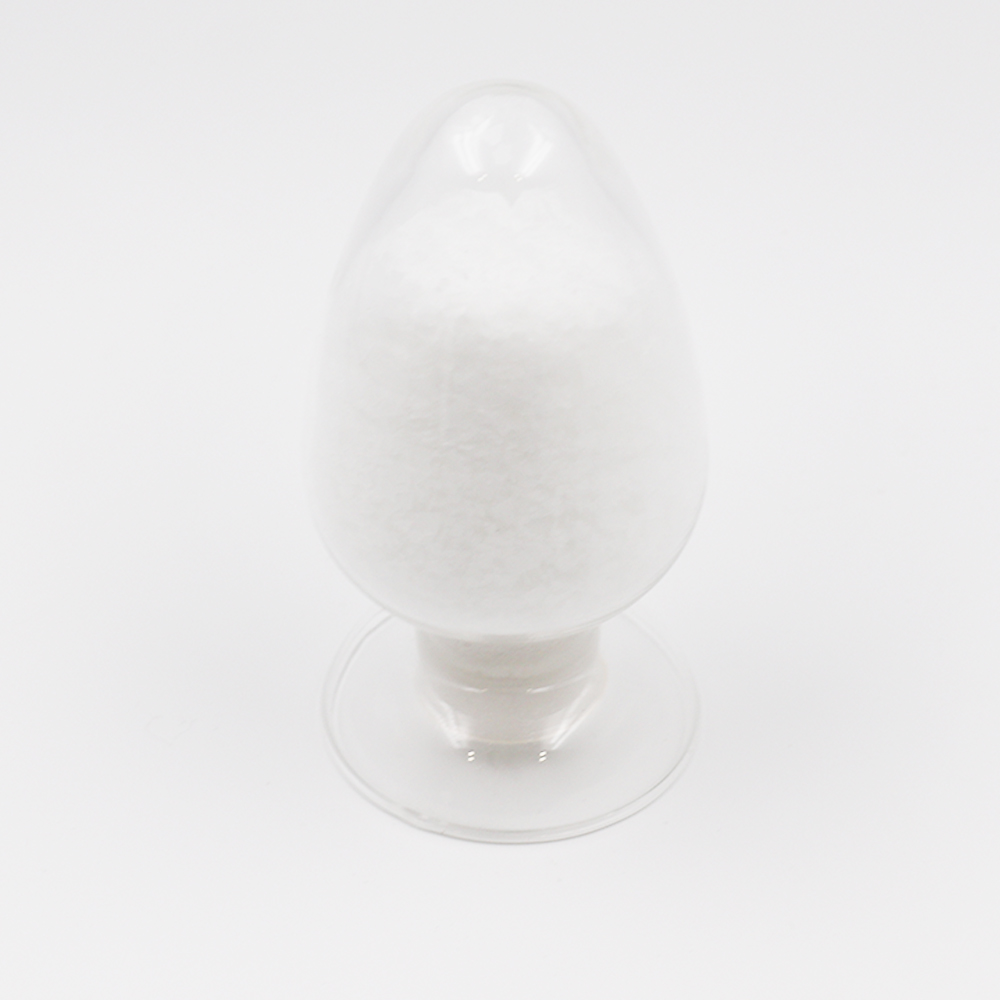Apa persamaan dan perbedaan antara litium hidroksida dan litium karbonat?
Di dalambidang kimia litium,litium hidroksida (LiOH)dan litium karbonat (Li2CO3) adalah dua senyawa litium yang penting. Meskipun semuanya berasal dari litium dan memainkan peran penting dalam aplikasi seperti pembuatan baterai, keduanya memiliki perbedaan yang signifikan dalam sifat, penggunaan, dan proses produksinya. Berikut ini adalah persamaan dan perbedaan antara kedua senyawa tersebut:
kesamaan
Sumber litium: Litium hidroksida danlitium karbonatadalah senyawa litium, keduanya dapat menyediakan litium yang dibutuhkan untuk baterai litium-ion.
Aplikasi baterai: Keduanya memiliki aplikasi penting dalam pembuatan baterai lithium-ion. Litium hidroksida terutama digunakan untuk membuat bahan elektroda positif untuk baterai berkinerja tinggi, sedangkan litium karbonat digunakan untuk elektrolit baterai dan bahan elektroda lainnya.
Reaksi kimia: Kedua senyawa ini mampu berpartisipasi dalam reaksi kimia untuk menghasilkan garam litium dan senyawa lain yang umum digunakan dalam berbagai proses sintesis industri dan kimia.
perbedaan
Struktur kimia:
Litium hidroksida (LiOH) : adalah basa kuat yang mengandung litium, hidrogen, dan oksigen, dengan rumus kimia LiOH. Litium hidroksida sangat mudah larut dalam air, membentuk ion hidroksida.
Litium karbonat (Li2CO3): terdiri dari litium, karbon, dan oksigen, rumus kimianya adalah Li2CO3. Litium karbonat memiliki kelarutan yang rendah dalam air dan sering kali berbentuk padat.
Kegunaan utama:
Litium hidroksida: Terutama digunakan untuk memproduksi bahan katoda (seperti nikel kobalt mangan oksida) untuk baterai litium-ion, dan juga memiliki aplikasi dalam industri seperti keramik dan pelumas.
Litium karbonat: banyak digunakan dalam produksi keramik, kaca, metalurgi dan bidang farmasi, tetapi juga digunakan dalam elektrolit baterai litium-ion.
Proses produksi:
Litium hidroksida: Biasanya dibuat melalui reaksi kimia bijih litium atau air garam, dan proses produksinya memerlukan pengendalian suhu dan kondisi reaksi yang ketat.
Litium karbonat: Dapat diperoleh melalui penguapan alami air garam atau melalui pengolahan bijih litium secara asam atau basa, dan proses produksinya relatif sederhana.
Fitur perlindungan lingkungan:
Litium hidroksida: Relatif aman saat digunakan dan dibuang, tetapi harus ditangani dengan hati-hati karena sifat alkalinitasnya yang kuat.
Litium karbonat: Relatif stabil, memiliki dampak lingkungan yang lebih kecil, dan sudah digunakan secara luas dalam banyak aplikasi.
kesimpulan
Memahami persamaan dan perbedaan antara litium hidroksida dan litium karbonat membantu pelanggan memilih senyawa litium yang tepat untuk kebutuhan spesifik mereka. Untuk pembuatan baterai, keramik, dan aplikasi lainnya, memilih material yang tepat sangatlah penting. Jika Anda memiliki pertanyaan lebih lanjut, jangan ragu untuk menghubungi kami, kami akan dengan senang hati menjawabnya.
